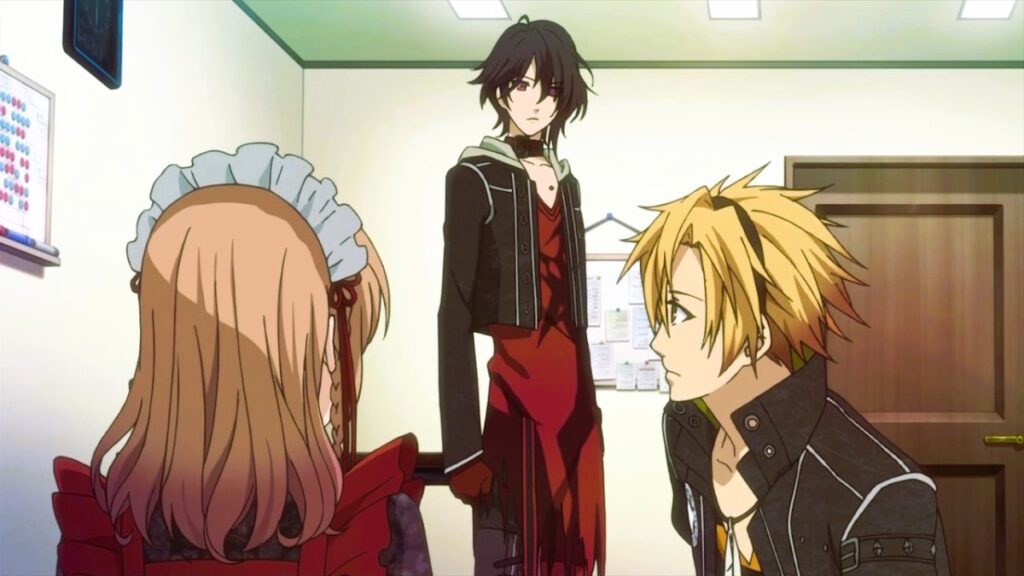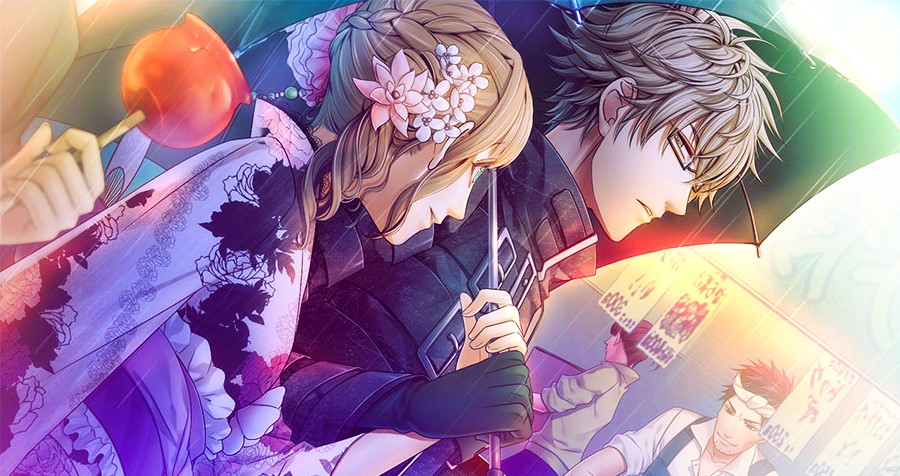Otome games, with their captivating narratives and character-driven storytelling, have carved out a beloved niche in the gaming world. These games often thrive on a mix of romance, drama, and a touch of fantasy, blending well-known tropes that appeal to players’ emotions. While some may dismiss these recurring themes as clichés, they hold a special charm that keeps fans coming back for more.
This article delves into the most popular otome game tropes and unravels why they resonate so deeply with players worldwide.
1. The Mysterious Loner
What It Is
The mysterious loner is a brooding and enigmatic character who often hides a tragic past. This trope is epitomized by characters who prefer solitude but gradually open up to the protagonist, revealing a heart of gold beneath their stoic exterior.
Why We Love It
The appeal lies in the emotional journey of breaking through the character’s walls. Players feel a sense of accomplishment as they uncover the loner’s vulnerabilities and watch the relationship transform from distant to deeply intimate.
Examples
- Toma from Amnesia
- Jumin Han from Mystic Messenger
The mysterious loner trope taps into the allure of hidden depths, making it one of the most enduring archetypes in otome games.
2. The Childhood Friend
What It Is
This trope centers on a character who has known the protagonist since they were young. They often harbor unspoken feelings, creating a heartwarming and sometimes bittersweet dynamic.
Why We Love It
There’s a comforting familiarity in the childhood friend trope. It taps into the fantasy of rediscovering and deepening a bond that has stood the test of time. The nostalgic element adds emotional weight, making the romantic payoff all the more satisfying.
Examples
- Sakuya from Uta no Prince-sama
- Ichigo from Tokimeki Memorial Girl’s Side
3. The Forbidden Romance
What It Is
The forbidden romance trope involves love interests who are deemed off-limits due to societal rules, family rivalries, or professional boundaries. This trope often heightens the stakes, adding drama and tension to the story. Did you like the article? Read also about The Future of Otome Games.
Why We Love It
The thrill of defying conventions and fighting against the odds is irresistible. Players are drawn to the idea of love conquering all, even in the face of significant obstacles.
Examples
- Ukyo from Amnesia
- Ray from Mystic Messenger
4. The Tsundere
What It Is
A classic trope in Japanese media, the tsundere is a character who initially appears cold, rude, or combative but gradually reveals a softer, more caring side.
Why We Love It
The tsundere’s emotional arc is immensely satisfying. Watching a character slowly warm up to the protagonist adds a layer of anticipation and emotional payoff.
Examples
- Kaoru from Hakuoki
- Shin from Amnesia
5. The Prince Charming
What It Is
This trope features a suave, confident, and often aristocratic character who sweeps the protagonist off their feet. Prince Charming characters are the epitome of romantic fantasy, embodying chivalry and charm.
Why We Love It
Prince Charming represents the idealized romantic partner, offering players a fairy tale escape from reality. These characters exude an aura of sophistication and security, making them irresistible to many players.
Examples
- Tamaki Suoh from Ouran High School Host Club (adapted into otome-style games)
- Ruka from Starry☆Sky
6. The Reverse Harem Setup

What It Is
A quintessential otome game trope, the reverse harem places one protagonist at the center of attention from multiple love interests.
Why We Love It
The reverse harem setup allows players to explore various romantic possibilities within a single narrative. Each character brings something unique to the story, creating a rich tapestry of relationships.
Examples
- Diabolik Lovers
- Brothers Conflict
7. The Protective Bad Boy
What It Is
This trope features a rebellious character with a tough exterior who is fiercely protective of the protagonist. The bad boy often hides a softer, vulnerable side that only the protagonist gets to see.
Why We Love It
The duality of danger and devotion is a powerful combination. The bad boy’s protective instincts make players feel valued and cherished, while their edge adds excitement to the story.
Examples
- Ayato Sakamaki from Diabolik Lovers
- Ren Jinguji from Uta no Prince-sama
8. The Amnesia Plotline
What It Is
In this trope, either the protagonist or a love interest suffers from memory loss, setting the stage for a journey of discovery and healing.
Why We Love It
Amnesia plots are rife with mystery and emotional depth. They challenge players to piece together the past while navigating complex relationships.
Examples
- Heroine from Amnesia
- Toma from Amnesia
Explore more about amnesia as a narrative device on Wikipedia.
9. The Rivalry Romance
What It Is
This trope pits the protagonist against a rival, creating tension and competition that eventually blossoms into mutual respect and love.
Why We Love It
The progression from adversaries to lovers is a captivating journey. The friction and banter between characters make the romance feel earned and dynamic.
Examples
- Iroha from Ikemen Sengoku
- Kent from Amnesia
10. The Magical Mentor
What It Is
The magical mentor is a character who guides the protagonist through a fantastical world, often becoming a romantic option themselves.
Why We Love It
This trope combines romance with a sense of wonder and discovery. The mentor’s wisdom and power make them intriguing, while their growing affection adds a touch of vulnerability.
Examples
- Victor Frankenstein from Code: Realize
- Wizard from Wizardess Heart
Otome games thrive on these tropes because they evoke universal emotions: love, longing, curiosity, and hope. While these themes may be familiar, their execution in otome games often feels fresh and engaging, ensuring that players remain invested in the stories and characters.
To explore the fascinating world of otome games and their narrative techniques, visit IGN’s section on otome games.
Which otome game trope is your favorite? Share your thoughts and experiences in the comments below!

